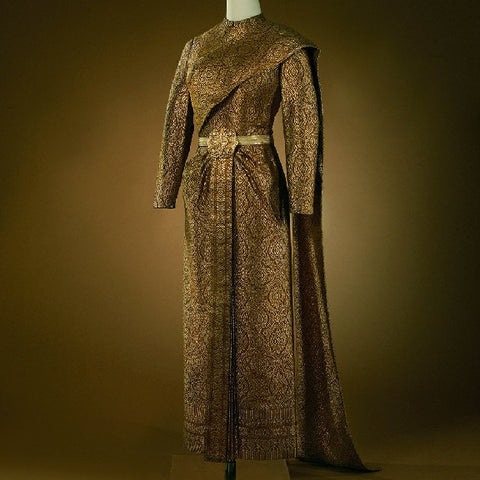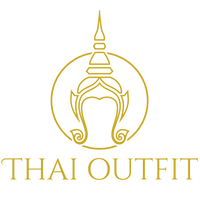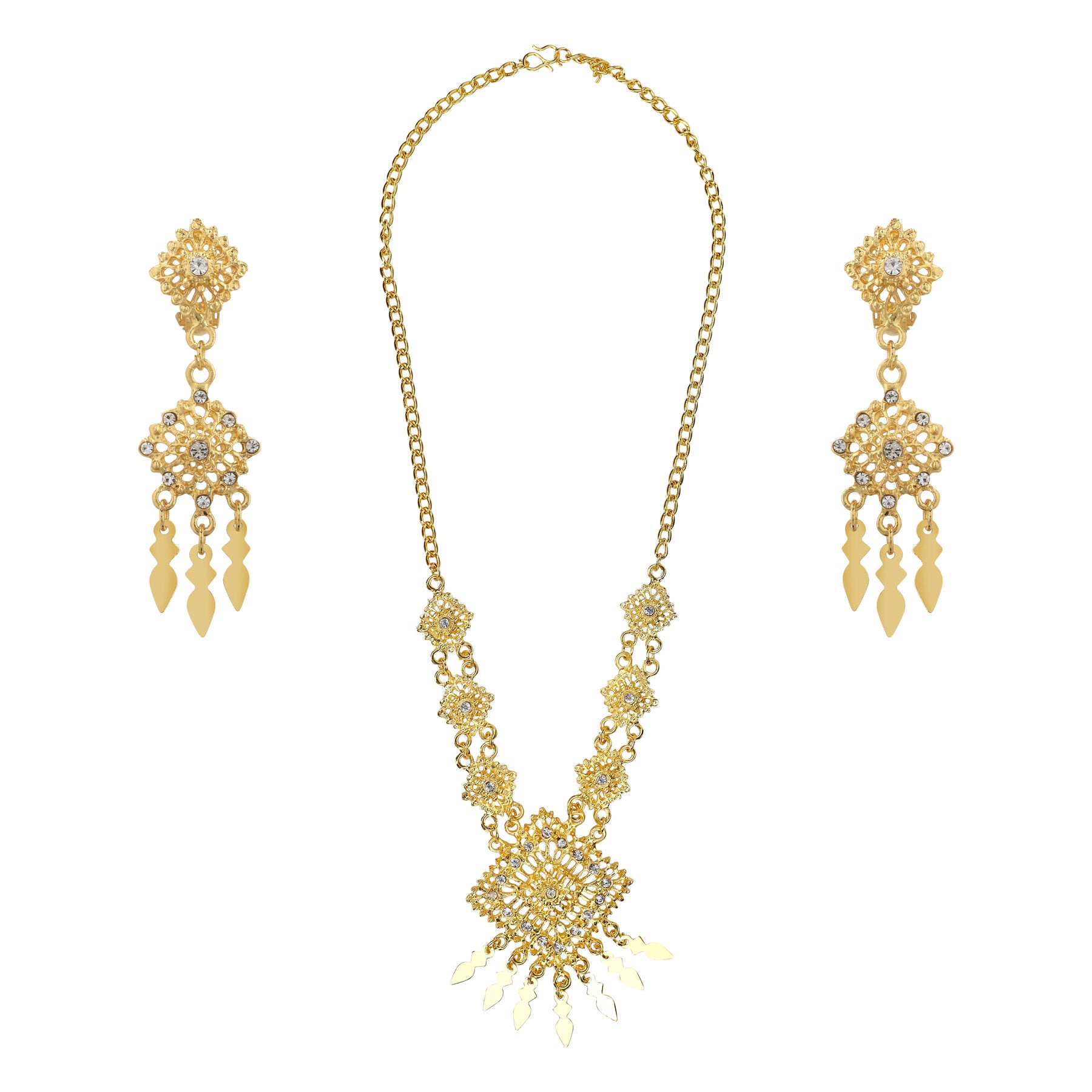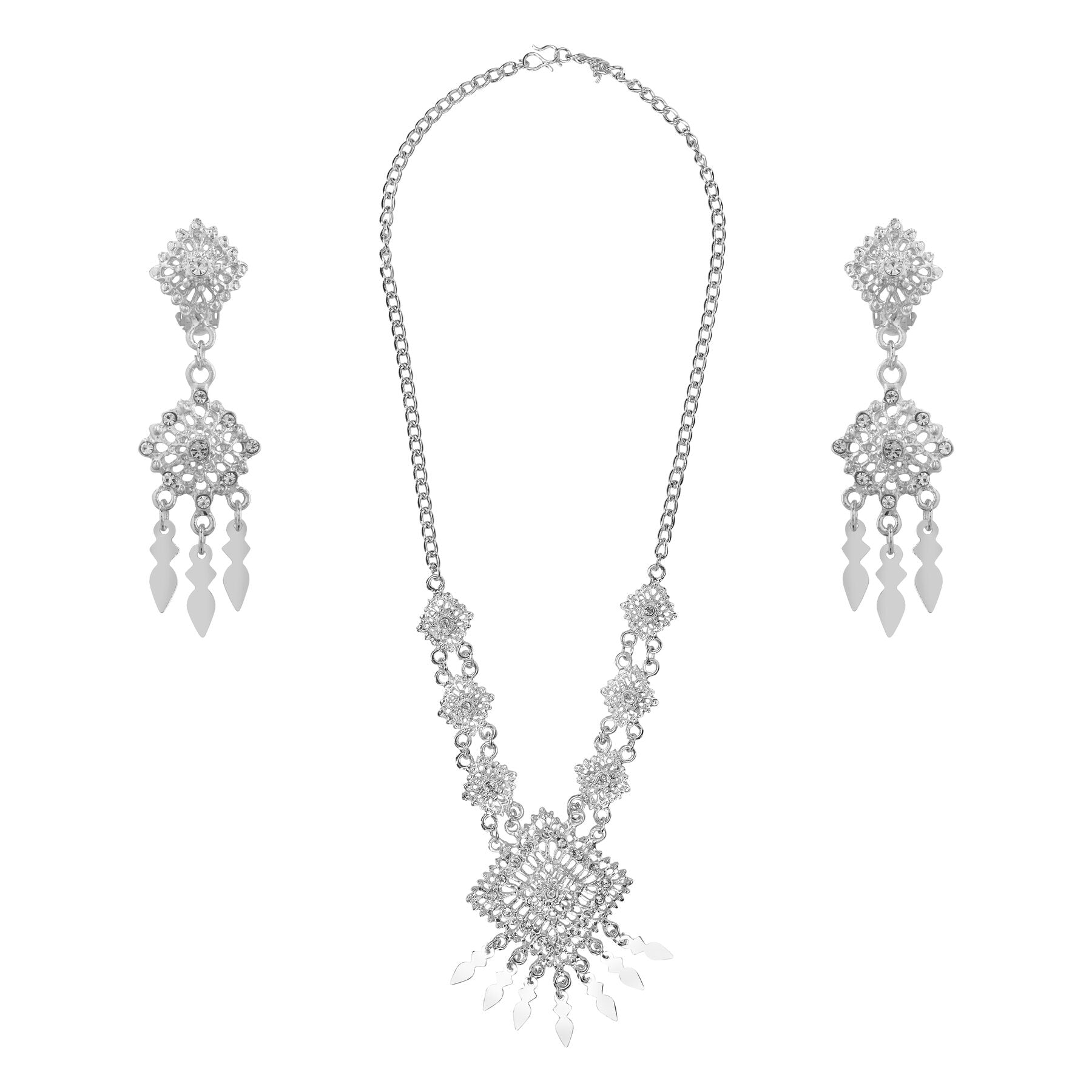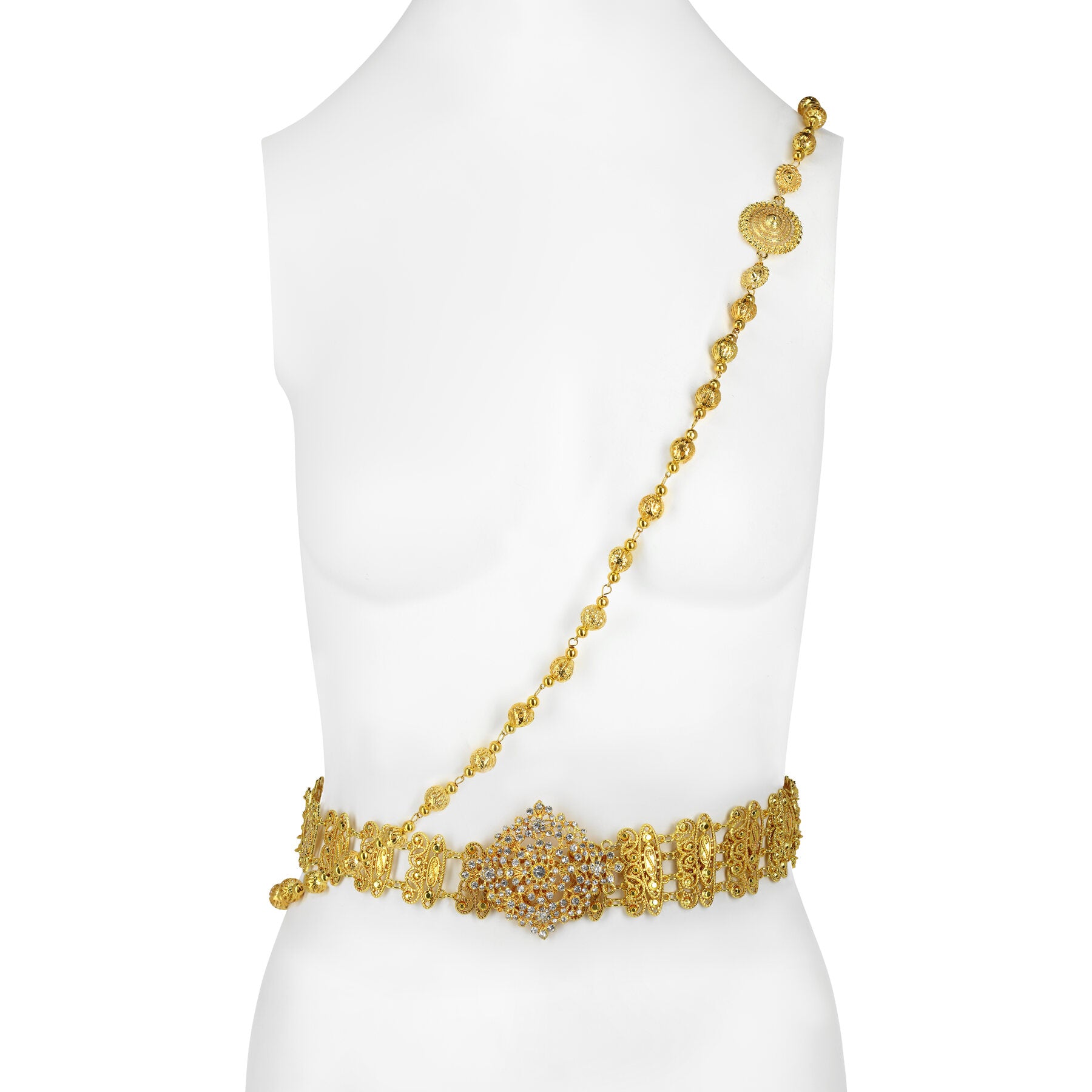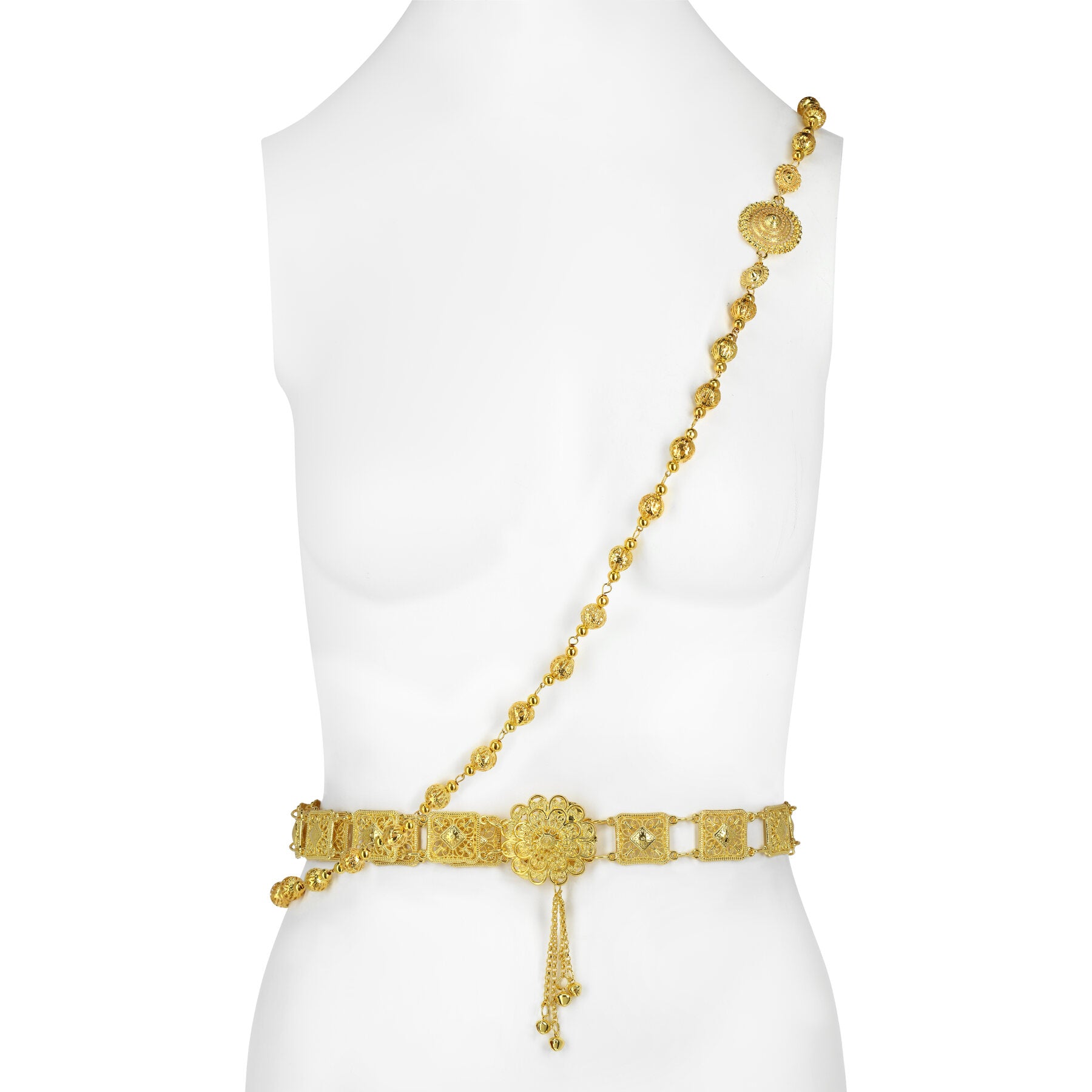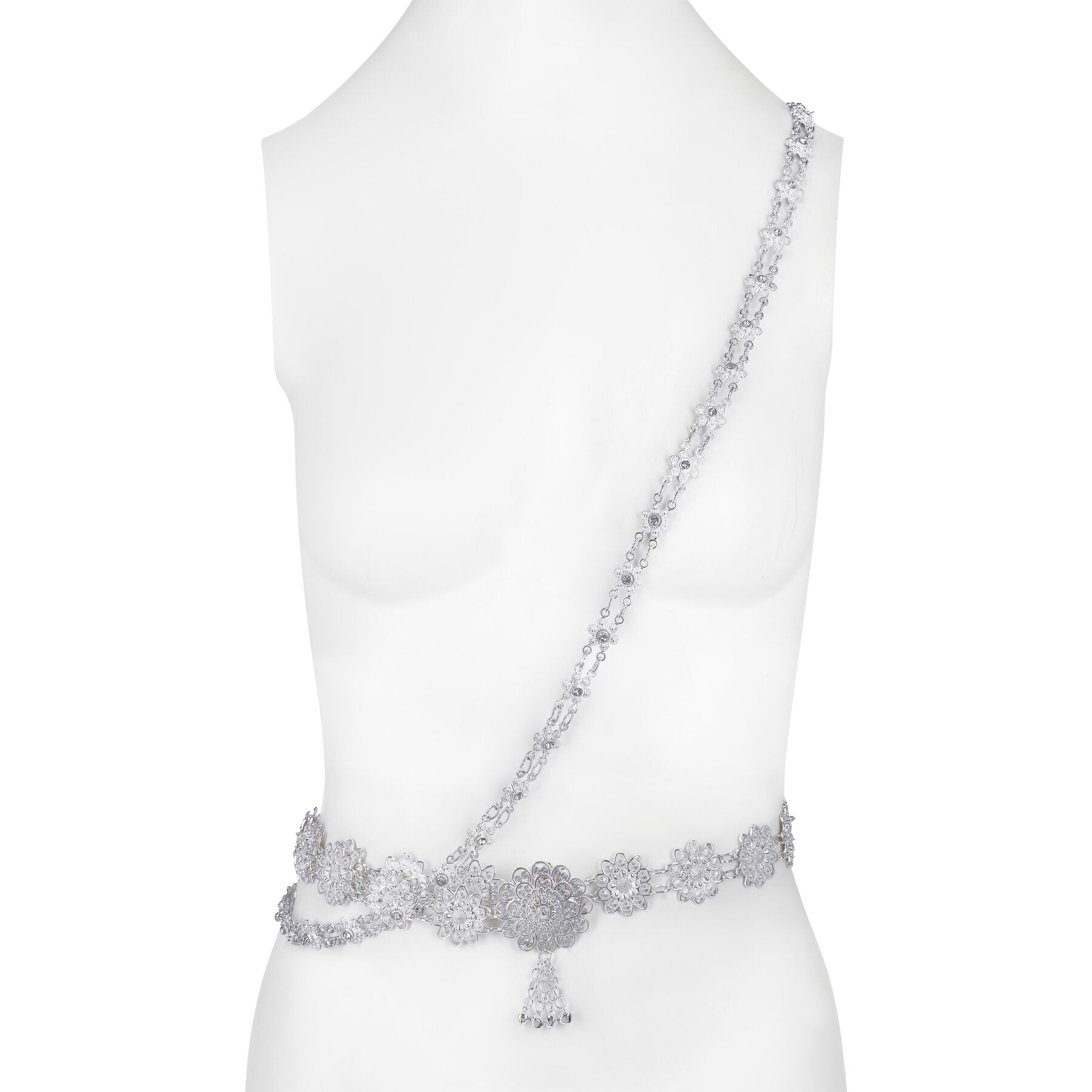Cart
0
The Origin of Thailand's Traditional Dress
Thailand's national dress, the Chut Thai (ชุดไทย), literally translates to "Thai outfit" and embodies the nation's rich colorful heritage. Characterized by a diverse array of fabrics, patterns, and colors, these garments have evolved over centuries, reflecting both cultural influences and changing social norms.
The Chut Thai we recognize today is significantly influenced by the efforts of Queen Sirikit. Her role and advocacy for the preservation and modernization of Thai textiles led to the establishment of several distinct Chut Thai styles. Those dresses were ultimately designated as Thailand's official national dress.
In this blog post, we will explore the origins and evolution of these beautiful garments that have captivated people around the world.
Traditional Thai Clothes Throughout History
Centuries before the Chut Thai, during the Siamese era (c. 900 years ago), ancient Thai clothing was greatly influenced by the Dvaravati and Khmer civilizations. The ancient Mon kingdom of Dvaravati flourished in what is now central Thailand, while the Khmer Empire reigned over most of mainland Southeast Asia from the 11th to 13th centuries.
During this time, both Thai men and women wore a unisex wraparound cotton loincloth, called a pha chung hang (ผ้าจูงหาง) or chong kraben (โจงกระเบน), leaving their bare chests exposed.
 Siamese [Thai] boatman. Photograph by John Thomson
Siamese [Thai] boatman. Photograph by John Thomson
Influence of The Ayutthaya Kingdom (1351-1767)
The Ayutthaya Kingdom played a pivotal role in shaping Thailand's traditional clothing. This period saw an evolution of social structures that were reflected in Thai clothing. While the fundamental garment, the pha chung hang or chong kraben, remained relatively unchanged for peasants, the attire of the wealthy underwent a dramatic change.

Siamese [Thai] Women
Thai garments began to take on more elaborate styles and designs as Thai silk became an integral part of Thai fashion. The silk industry thrived during this time, and Thai silk soon gained recognition for its exquisite beauty and quality.
The introduction of the pha nung (ผ้านุ่ง), also known as pha sin (ผ้าซิ่น) or pha thung (ผ้าถุง), a long wrapped skirt, ushered in a new era of feminine elegance. This garment was often paired with a sabai (สไบ), a simple shawl wrapped around the chest and draped over one shoulder. These pieces were mainly worn by women and popular amongst royalty and nobility, as the use of intricate embroidery and gold or silver thread in clothing symbolized status and wealth.
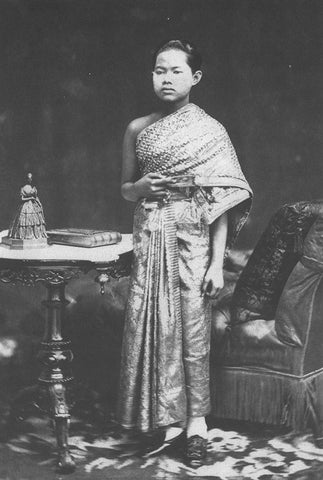
Queen Sunandha Kumariratana,
Queen consort of King Chulalongkorn of Siam
The Nineteenth Century
Thailand’s basic attire really didn’t change up until the mid nineteenth century when public dress codes were implemented to make clothing more modest by the Thai Royal Court. The dress codes forced men and women to cover up their chests. This made Thai clothes much less revealing than it used to be.
This government-sponsored change had a devastating impact on the demand for customary Thai silks and fabrics. Imported Western clothing became favored over the traditional wrapped Thai cloth. By the 1940’s, hand-woven Thai silk became ancient history. The skills and knowledge stopped being passed down and were being forgotten by entire villages.
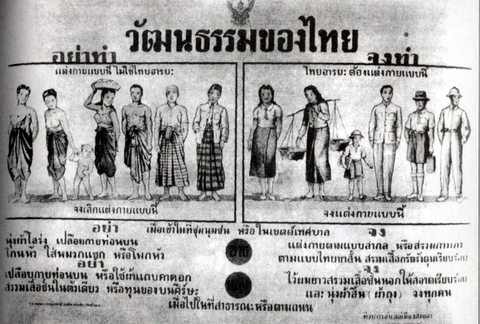
Cultural mandate aiming to create a "civilized" culture
Queen Sirikit And The Revival of Thai Textiles
There is no one more significant in the history of Thai fashion than Queen Sirikit. The Queen had a perceptive sense of style. She was the only person to revolutionize and revitalize Thai fashion, not just for the upper class society, but much more importantly, the poor and middle class.
She understood that as the Queen of Thailand, how she chose to dress would have a significant impact on Thailand's culture and society. She desired an extensive wardrobe that was both fashionable and Thai, traditional yet modern. As a result she, along with her team of designers, began to craft her wardrobe using traditional hand-woven Thai fabrics.
By the late 1950’s, she had visited rural villages that still practiced silk weaving; these poor communities created what many textile connoisseurs would consider to be the finest fabric in the world. The women had passed down their complex craft from grandmother to mother to daughter over generations; the patterns woven were the village patterns from Thai traditions many years ago. After rallying the villages to continue weaving their silk, she persuaded farmers to cultivate and harvest valuable silk yarns for the weavers to utilize.
Beginning in 1960, Queen Sirikit had single handedly formed a world market for Thailand’s exquisite silk. The remarkable Queen had brought pride, appreciation and support to the Thai weavers by wearing her contemporary Thai outfits and gowns on extensive international tours and official meetings.
Her Majesty’s involvement in Thai fashion and Thai fabrics breathed life back into the Thai silk trade. She would even humbly wear mudmee silk, which was believed to be a fabric for underprivileged, rural women. As a result, the foundation of traditional Thai dresses made from Thai silk and cotton were created for ordinary Thai women.
The Traditional Dresses Created for Thai Women
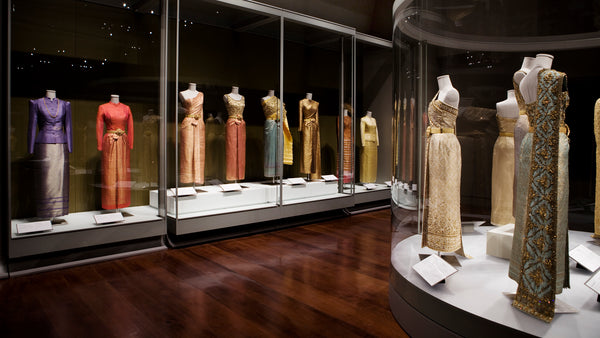
Traditional Thai Dresses shown at Queen Sirikit Museum of Textiles
Queen Sirikit, along with her team of designers, created a set of Thai gowns for Thai women to wear to attend weddings, celebrations, funerals, religious events and other important occasions. The collection, referred to as chut Thai phra rajaniyom or chut Thai for short, was designed in the 1960’s and consists of eight diverse styles of chut Thai; with some that can be worn at any ceremonial event, while others that are typically associated with certain events.
Ruean Ton
The Ruean Ton is a casual and comfortable chut Thai used for non-official occasions in Thailand. It comprises of a long-sleeved collarless blouse and an ankle-length, embroidered skirt, known as a sinh. The Ruean Ton is worn for informal occasions such as Thai holidays, religious ceremonies, temple visits, and hospital and hospitality uniforms.
Chitralada
The Chitralada is slightly more formal than the Ruean Ton. This outfit’s blouse has a small, standing collar, five gold-plated buttons, and is worn with a long embroidered sinh. This fit is customarily worn during daylight ceremonies, royal observances, and official meetings. The black Chitralada dresses are worn at funerals or during phases of mourning.
Amarin

The Amarin is a formal Thai evening dress constructed of luxurious silk and may also integrate gold thread in the embroidery. The neck of this long-sleeved shirt is generally tight, with buttons sewed up to the throat. This dress is not worn with a belt but instead adorned with extravagant jewelry. Thai women wear the Amarin during royal gatherings with the appropriate royal jewels. In addition, this ensemble is also worn during evening functions, receptions, theatre visits and any other occasion that calls for full-formal attire.
Boromphiman
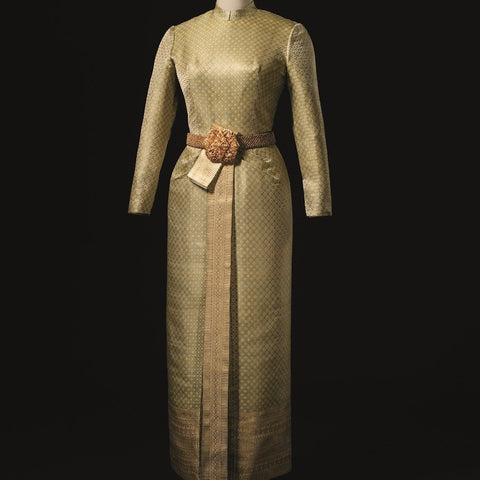
The Boromphiman is another formal Thai attire that incorporates silk fabrics, similar to the Amarin. The key differences are that this top does not have buttons. Additionally, the outfit is also sewn as a single piece and accessorized with an ornamental belt. This dress is worn to formal evening functions, celebration dinners and by royal brides.
Dusit

The Dusit is a more westernized version of the Thai gown; comparable to a formal western evening gown. This sleeveless dress is bejeweled with pearls, beads, glitter and sequins. It is worn with a belt to shape the body and waistline. This chut Thai is typically worn to less-formal gatherings, festivals, cultural events, and Thai weddings.
Chakri
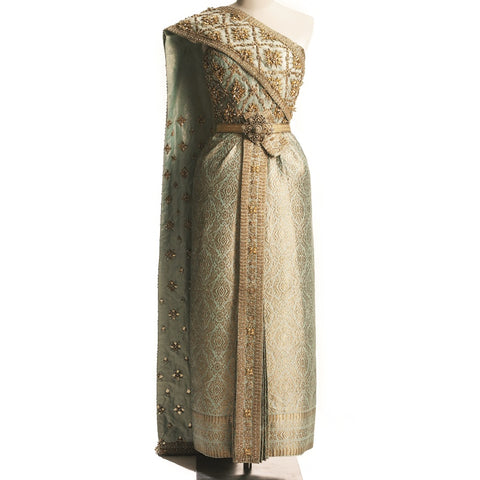
The Chakri is what everybody pictures when they refer to a chut Thai. It is Thailand’s most famous article of clothing for a reason, this very formal dress features an elegant skirt with a silk sabai, which is wrapped around the chest and draped over one shoulder, resulting in the other shoulder exposed. This beautiful dress is decorated with a belt, body chain and gold jewelry; normally worn to weddings and engagement ceremonies by Thai brides.
Chakraphat

The Chakraphat looks similar to the Chakri except it uses two sabais layered across the chest instead of one. This formal dress is comprised of detailed embroidery patterns and intricate designs; it is often extremely accessorized with a tiara, belt, necklace, bracelets, arm cuffs and earrings. Thai women wear the Chakraphat to royal banquets and formal dinners.
Siwalai
